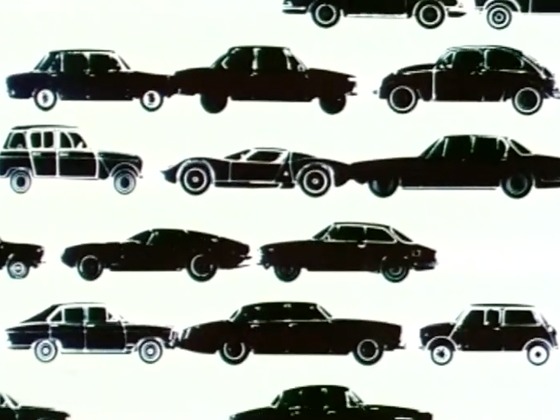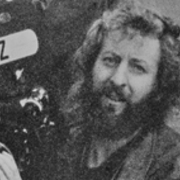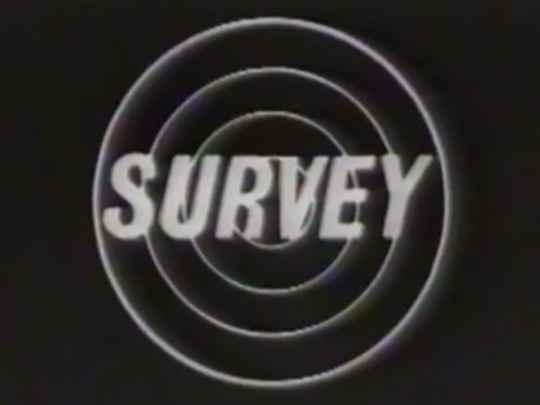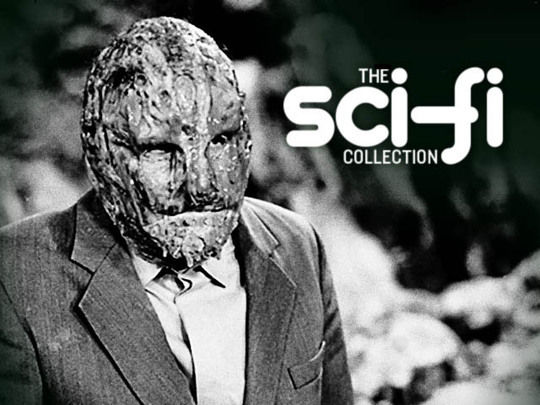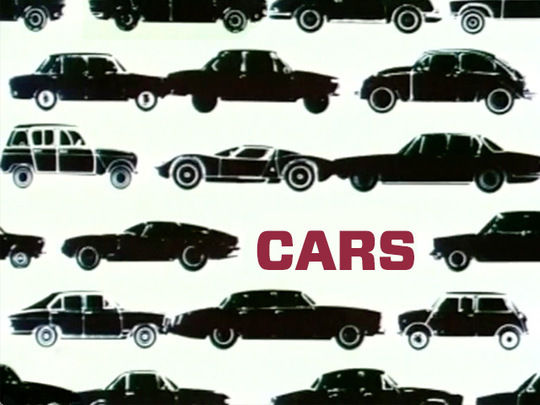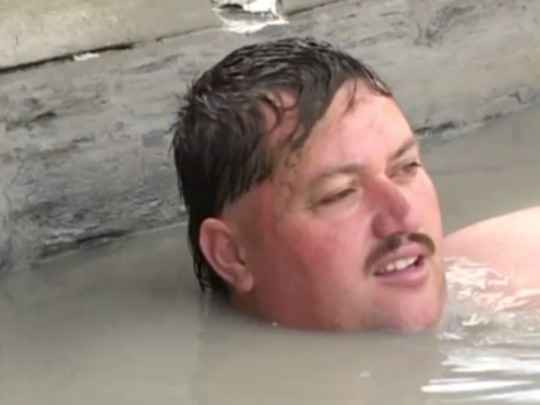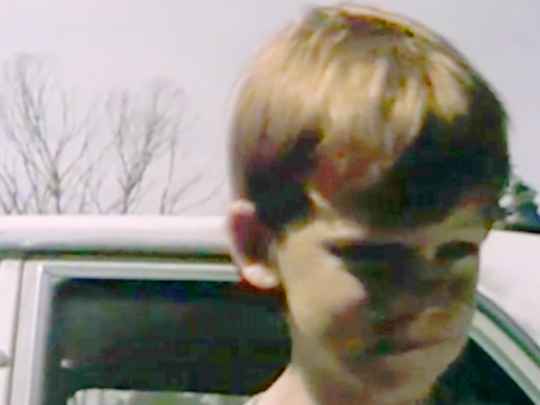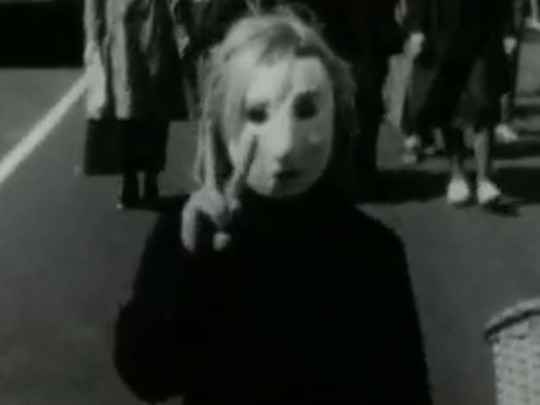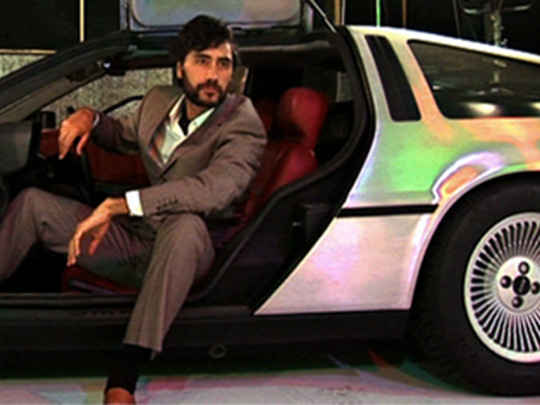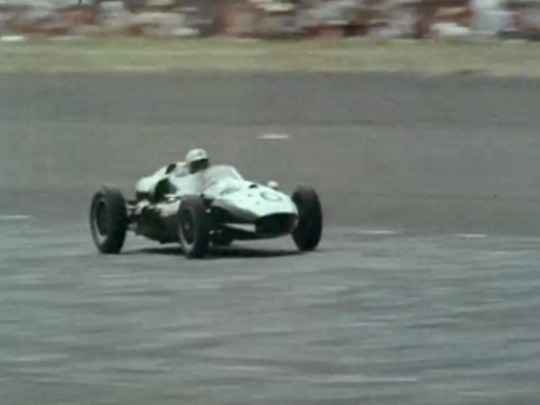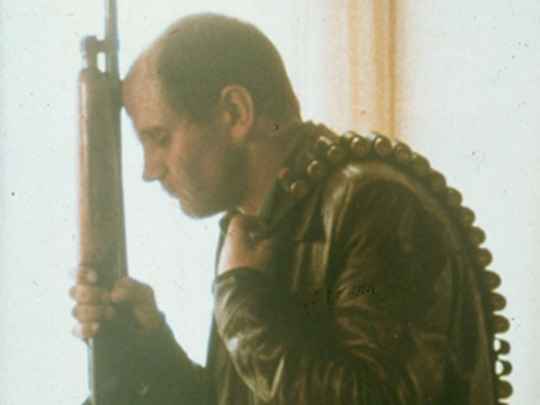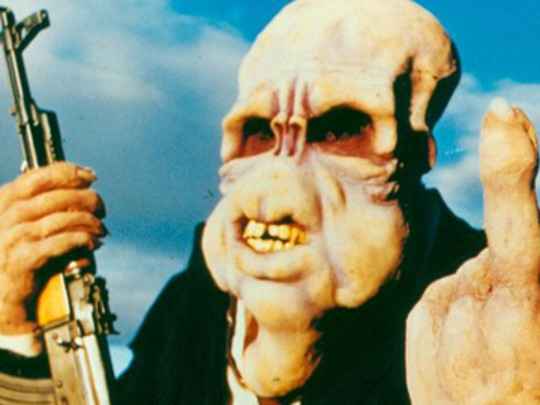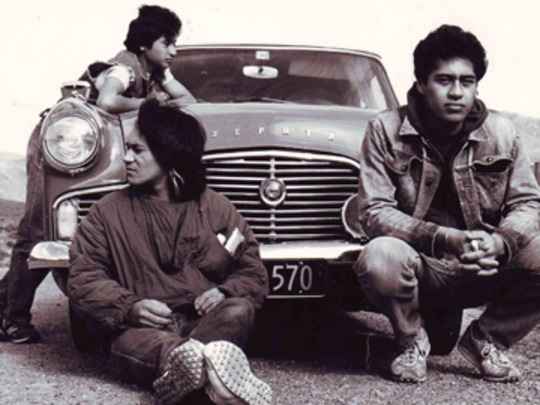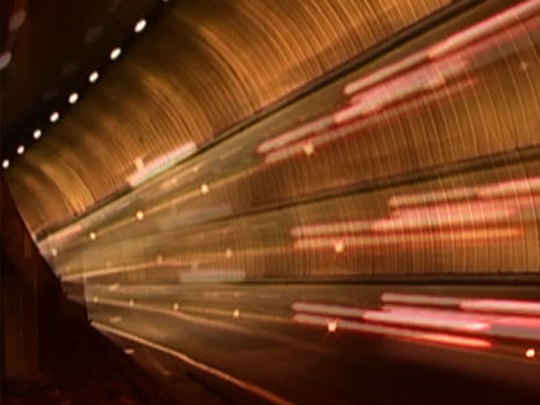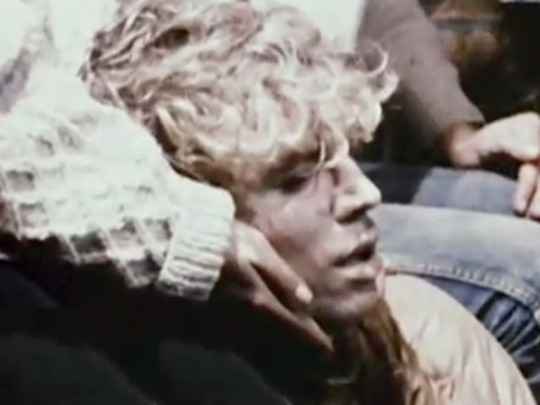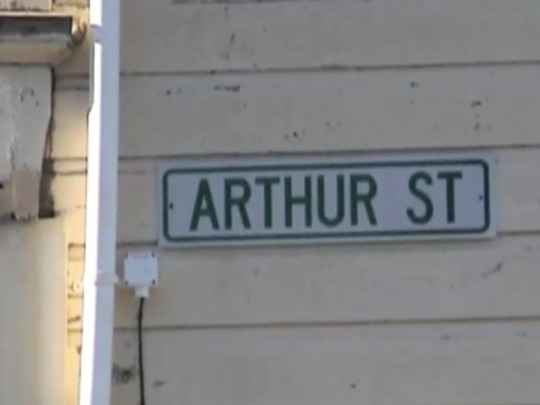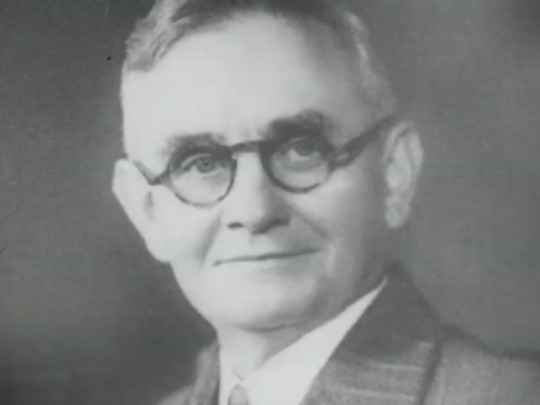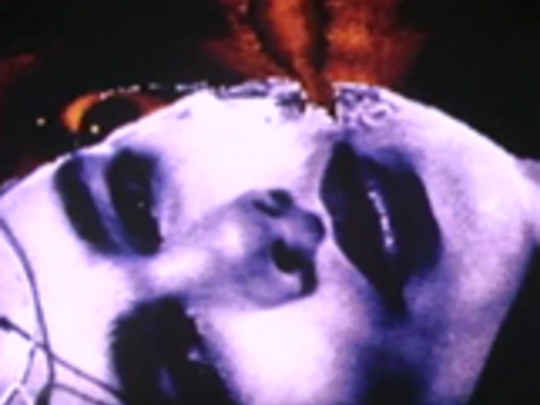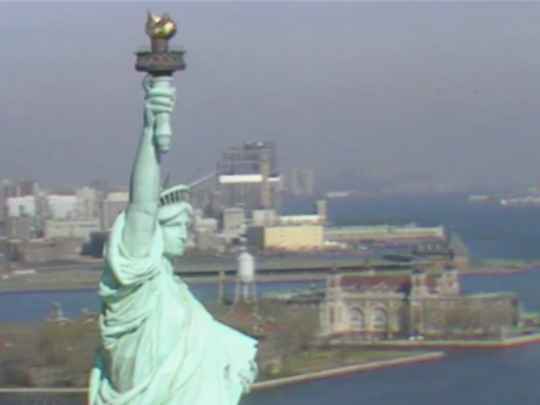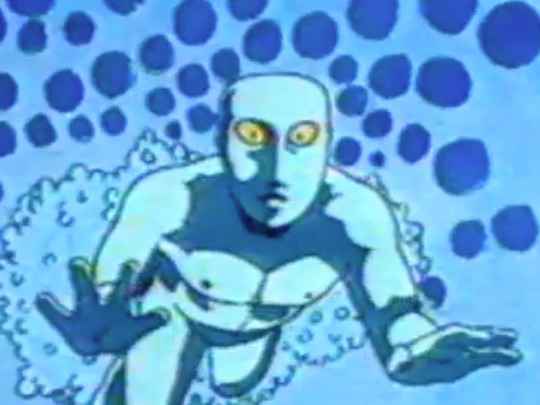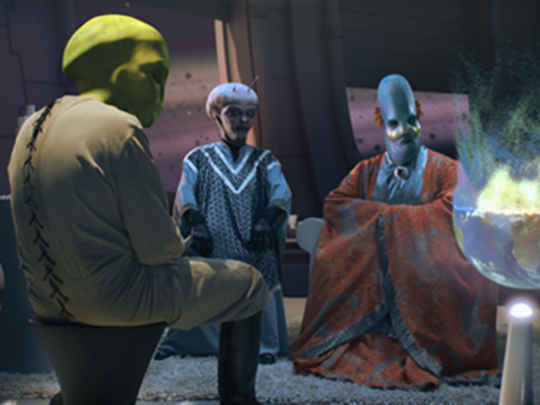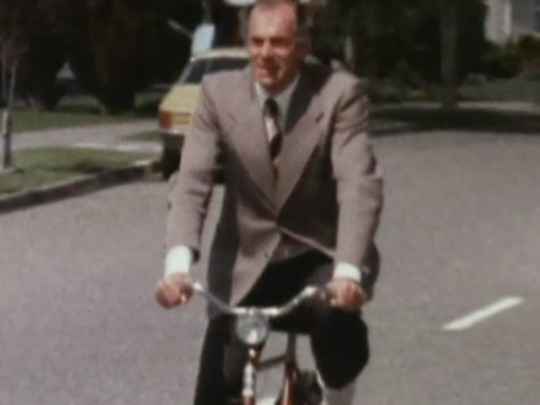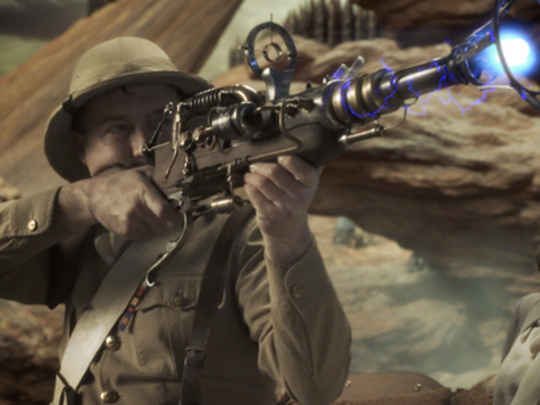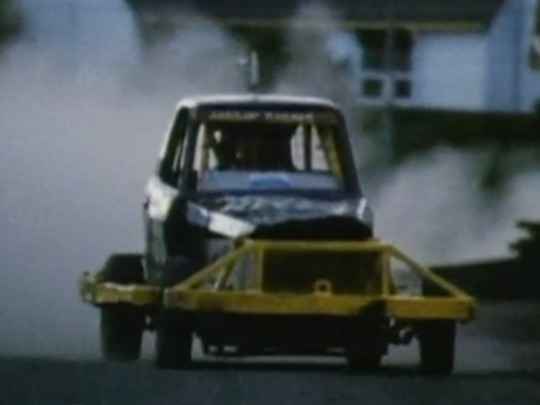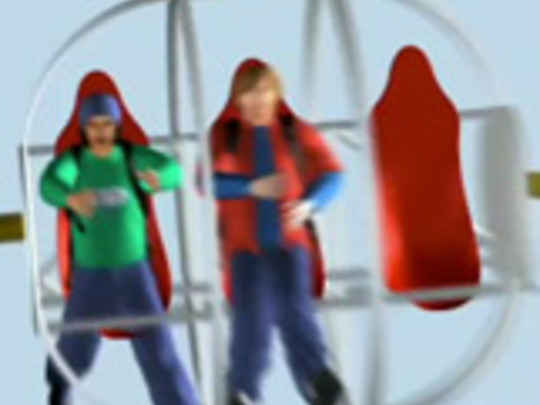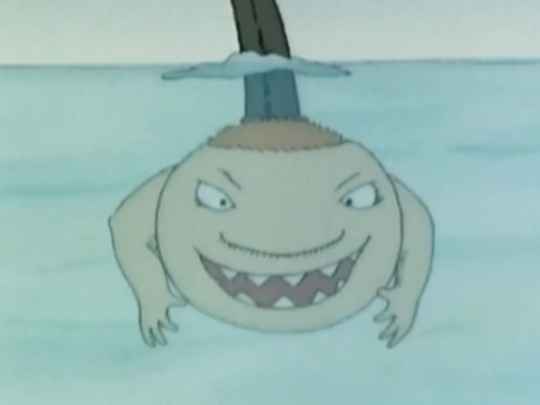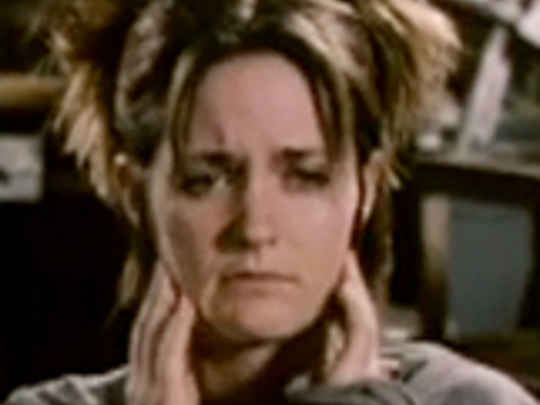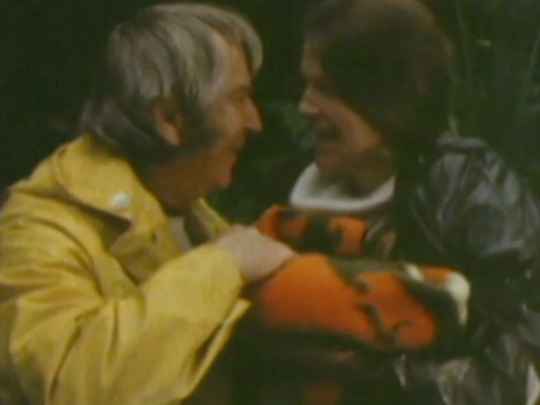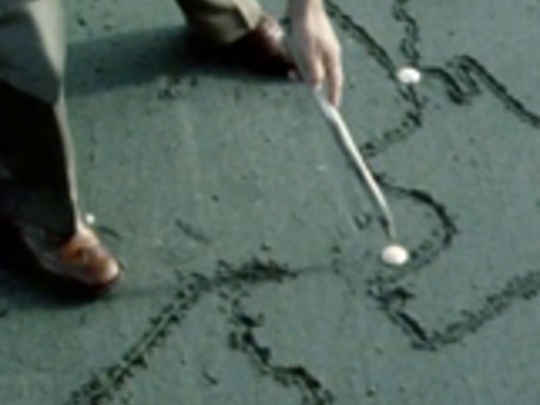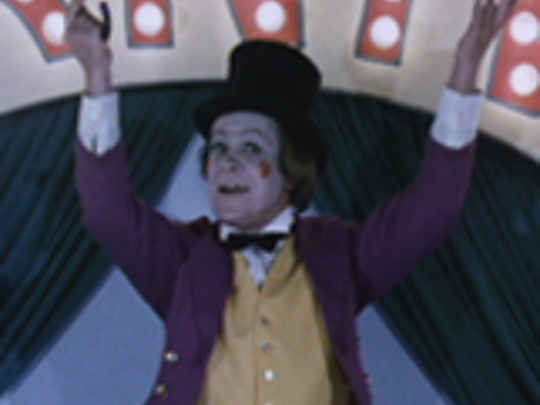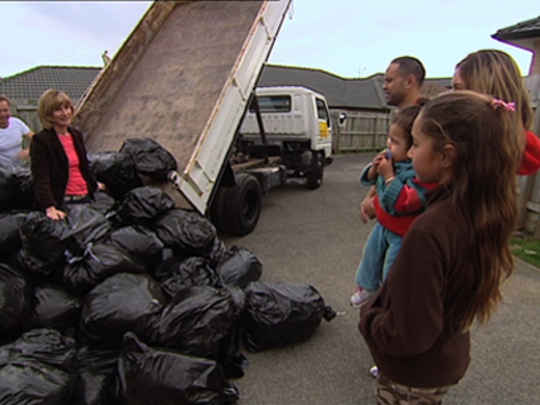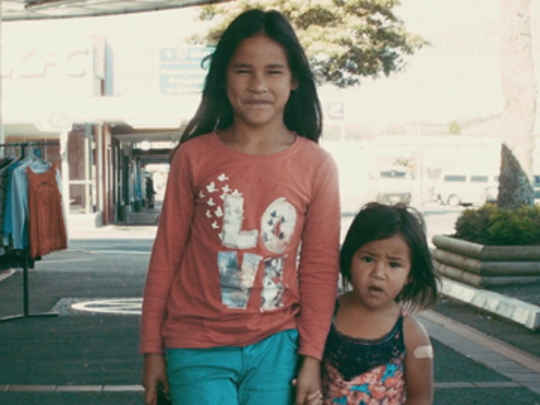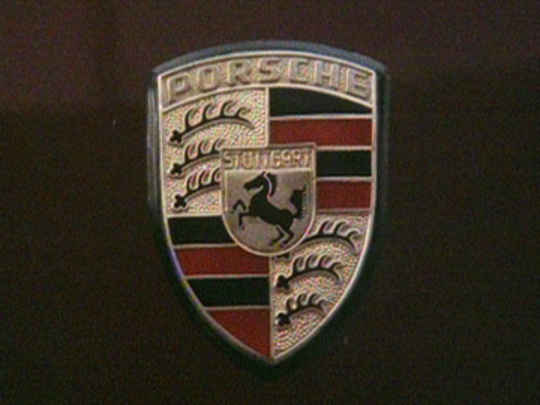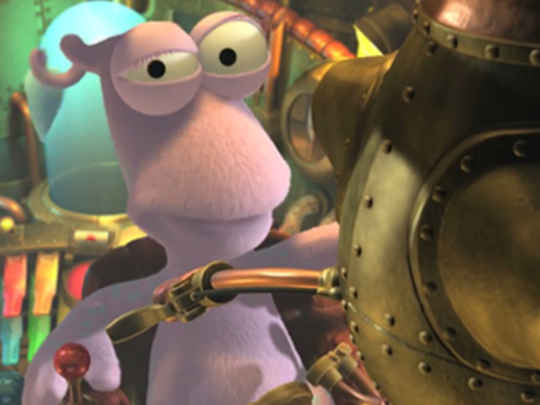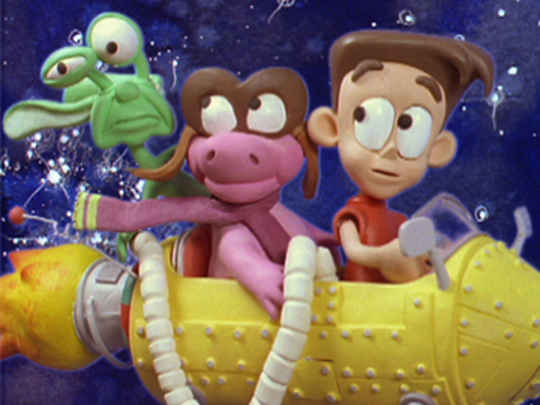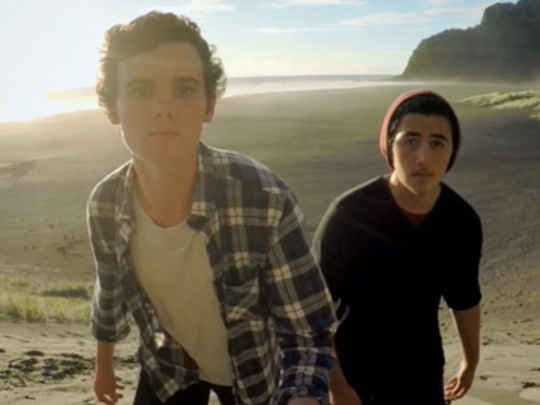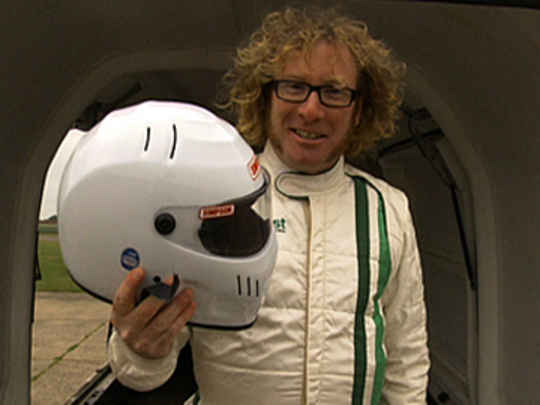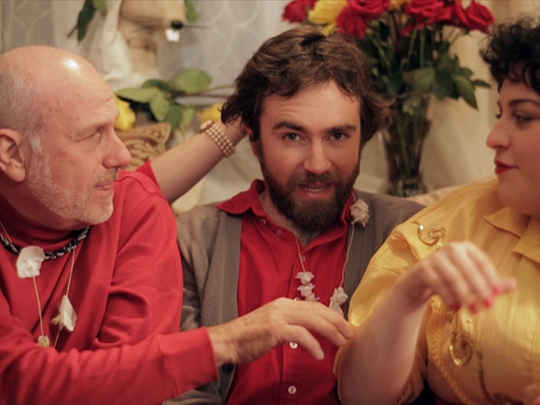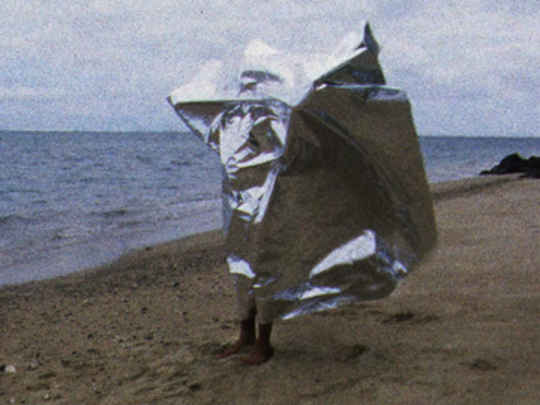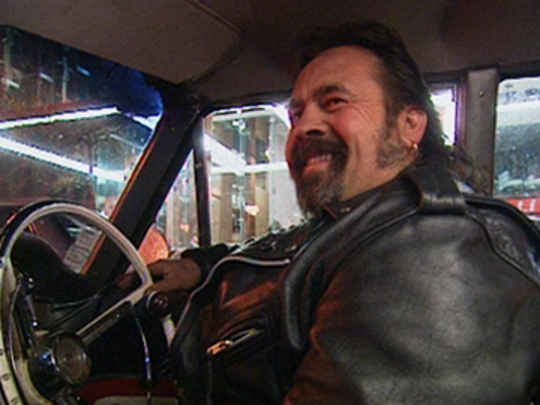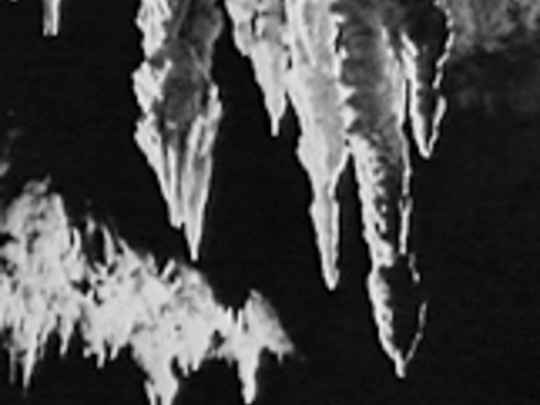The Dominant Species
Television (Full Length) – 1985
Some notes on people involved
The alien viewpoint of The Dominant Species was a device to allow a fresh look at aspects of the love/hate relationship between humans and vehicles, but there's nothing too exotic about the behaviour depicted, which is very commonplace.
The fun we had along the way was partly in reaction to the deadly earnestness which often suffused New Zealand documentaries at that time.
Although shooting began in 1974, it wasn’t until some years afterwards that the thing was completed and played on television. The admirable Michael Scott-Smith had originally commissioned the film for the Survey slot, and was very patient. I’d worked under Mike when we were both producers on staff at NZBC TV, then independently with the commissioned documentary Trouble and Other Friends of Ours. His benign encouragement of independent TV productions was a happy exception to the bureaucratic caution and blandness that often prevailed at the time, from the mostly ex-radio office wallahs who had controlled NZBC television from its inception.
The technical demands of The Dominant Species were at the limit of New Zealand capabilities, and techniques were developed as the film progressed. It's still rough, but that's more to do with funding limitations (a commercial we shot while The Dominant Species was in production had a larger budget!)
Everything was done on film – mattes (a system for combining two images in one shot), sub-titles, effects, the lot – which may seem strange in an era of digital effects. There was lots of co-operation with the National Film Unit laboratory, marking the first time that some of these effects had been done in New Zealand.
The animation work was helped by having Euan Frizzell and his rostrum camera ‘in house’ at our Talking Pictures base in Courtenay Place in Wellington (Don Reynolds, who looked after the sound, was based there too, and incidentally Dave Gibson started his production company in another corner).
The budget was less than production costs, so lots of friends and colleagues were roped in to play characters. The result is something of a rogues' gallery of New Zealand film biz people of the time. Some are listed below:
Future production designer Joe Bleakley and writer/director Alister Barry (operating the camera) stand at the back of the crowd listening to campus raver (now PR man) Colin Feslier [Bleakley and Barry’s close up is 5.20 into clip one]. The excavation shots in this sequence are from the construction of the Wellington motorway in 1974.
Jean Bretherton, one of our Talking Pictures crew, is the patient being put into an ambulance [5:00 thru 5:04] watched by Bleakley.
David Loeber, an actual doctor, with whom I went to school, plays the doctor [5:10]; the woman coughing [5:13] is Elsa Jensen, a classical violinist, then in the NZ Symphony Orchestra.
The people watching television while eating dinner once included well-known historian Jamie Belich, but his fine performance didn’t survive the final edit, even though his credit did.
After the TV set is switched [6:03] to a send up of old-style National Film Unit documentaries, cameraman Swami Hansa is one of the people seen tramping through the bush, to corny music and the obligatory references to Captain Cook in the corny narration script, which is read by good sport Bernard Kearns, who finally loses it as the idyllic NZ landscape is overwhelmed by cars [by 8:10].
The effect of the film jamming in the projector gate and burning was achieved by applying a soldering iron to a freeze frame, probably one of the more unusual laboratory orders the National Film Unit received.
Renowned winger Bryan Williams makes a run [8:42] in the rugby match at Eden Park, before the crowd emerges to take on cars which growl like jungle beasts.
In the parade of grumpy people fighting traffic on a wet city evening, a moustached John Barnett [10:41–10:50] shouts from a car in a traffic jam (a casting decision somewhat influenced by his office being metres away from the St George corner where we shot it). Singer Krissy Klocek is dressed to kill and holding invitations as her henpecked husband tries to find a park [11:00-11:27], though her voice is actually supplied by Annie Collins, now well known as an editor. Alister Barry is the ratbag who grabs the parking spot.
Clip Two
New Plymouth had the last (I think) toy car factory in New Zealand. We zipped up there, and they were kind enough to adapt their shade of red paint to match the full-size cars.
The glimpse of a studio car commercial shoot [01:32-01:39] is from an actual car commercial we shot at the Vogue studio in Brooklyn, once the headquarters of production company Peach Wemyss. The cameraman is (the late) Australian Keith Loone, who shot many commercials in New Zealand. You can also spot Gwen Lisle (who like Loone, worked for Robert Knapp Productions).
Keith’s ruddy countenance made him a good choice to play a farmer giving a cheery finger wave from a Land Rover [5:38-5:42].
Future writer Stephen Oxenham, whose character dreams of better things at the bus stop, had to look just weedy enough to be an unlikely macho chick-magnet, and turned out to have a real flair for performance.
The fractious kids stuck in the family car on a long holiday journey [from 9:12] are my (now middle-aged) daughter Kirsty and son Peter.
When their pilgrimage reaches the Bluff signpost site, amongst other pilgrims [11:28 to 11:35] are Don Reynolds, his red family car, and the family dog.
The car salesman [12:26 thru 12:51] is played by Pat McKenna, occasional film actor (1971 short Threshold) and lead singer of then renowned Wellington group Bouldah.
